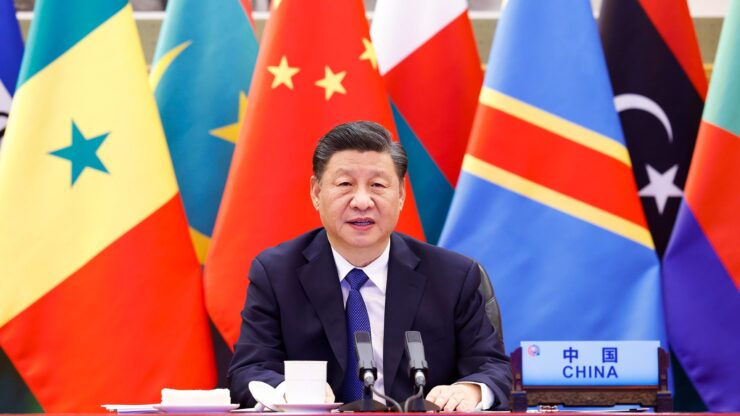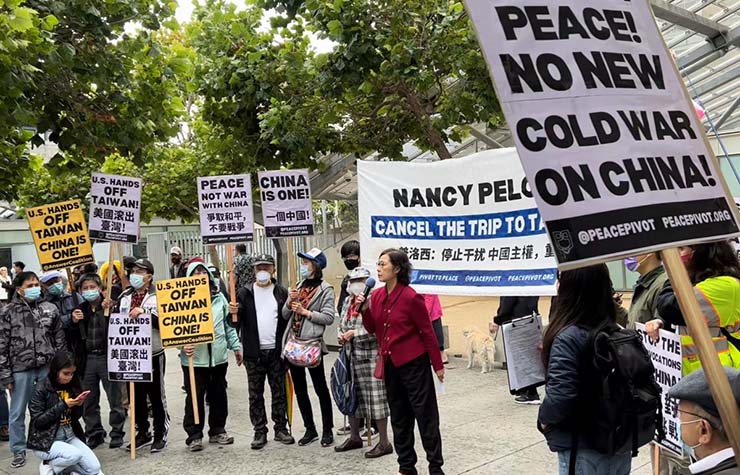
Along the border between India and China in Arunachal Pradesh, India and China patrol forces fought on December 9. According to reports released by ANI, Chinese forces drew perilously close to the actual control line between the two countries, but the Indian military could stop them ‘firmly and decisively’. A handful of soldiers incurred minor injuries on both sides of the conflict. According to reports, 600 Chinese People’s Liberation Army (PLA) soldiers participated in the conflict. In addition, Indian officials emphasised that China has suffered further losses due to the battle.
This is the first instance of its kind in the region since October 2021. Then, near the Yangtze River, a large Chinese patrol force engaged the Indian army in combat.
Due to the accords prohibiting firearms, the soldiers on both sides utilised melee weapons. India and China inked three border agreements in 1993, 1996, and 2013 to maintain peace along the Line of Actual Control. According to the 1996 accord, neither side can deploy firearms or explosives inside two kilometres of the Line of Actual Control.
McMahon Line
The McMahon line was established in the 1914 Shimla Treaty between India and Tibet. China does not recognise it. This has been the bone of contention between India and China for a long time
Agreements played a crucial role in maintaining peace along the border with China. India and China are separated by a distinct border, which the McMahon Line denotes. The McMahon Line is the boundary that separates the territory that China occupied in the East Himalayan region from the area that is part of India. Sir Henry McMahon, who served as the Foreign Secretary in the Government of British India at the time, was responsible for determining this line. This line extends for a total distance of 890 kilometres. However, China does not agree with this line of thinking. This has been the bone of contention between India and China for a long time. The McMahon line was established in the 1914 Shimla Treaty between India and Tibet.
China does not recognise the McMahon Line, which India regards as the ‘Actual Line of Control’ between India and China. China asserts that the disputed territory spans 2000 kilometres, whereas India asserts that it spans 4000 kilometres.
Tibet conquest
India and China signed the Panchsheel, or Five Principles of Peaceful Coexistence, in 1954. India even backed China in international representation. The situation deteriorated, however, when China announced its conquest of Tibet. India suggested negotiations regarding Tibet. After the Tibet rebellion of 1959, India granted shelter to the Dalai Lama, which did not sit well with the Chinese. China viewed India as a danger to its control over Tibet, a major factor in the war. Mao Zedong asserted that Indians were responsible for the revolt in Lhasa, Tibet.
In 1960, the Chinese premier Zhou Enlai proposed that China would relinquish its claim in Arunachal Pradesh if India gave up its claim over Aksai Chin, then called North Eastern Frontier Agency – NEFA. However, Nehru flatly rejected this, stating that China had no genuine claims to both regions.

Throughout the summer of 1962, border clashes involved forces from both countries. India adopted a ‘Forward Policy’ and dispatched troops and patrols to contested border regions. Some of these troops even travelled outside of Indian territory.
A war ensued, and the Chinese forces advanced approximately 100 kilometres into Arunachal Pradesh, reaching Rupa-Chaku just 20 kilometres from the Assam border. After reaching claim lines, China declared a ceasefire and announced pulling back its forces 20 km.
Frequent clashes
The China-Indian troops clashed at Nathu La in 1967, Sumdorong Chu in 1987, Doklam in 2017, Chinese incursions in Arunachal in 2017-2018, and at Pangong Tso Lake and Galwan Valley in Ladakh in 2020
Even after the Sino-Indian war of 1962, there have been frequent clashes along the Sino-Indian border, including at Nathu La in 1967, Sumdorong Chu in 1987, the 73-day Doklam confrontation in 2017, Chinese incursions in Asaphila, Tuting, and Chaklagam areas of Arunachal in 2017-2018, and the most recent violent conflicts at Pangong Tso Lake and Galwan Valley in Ladakh in 2020. All along the India-China border, a tense situation prevails.
Another cause for the war of 1962 was that India stood in the way of Chinese hegemony in Asia. China currently suffers the same difficulties as India in South Asia. In the remainder of Asia, Russia, Japan and the United States have contained it. In response, China developed the String of Pearl policy to curb Indian power in the Indian Ocean Regions.
Domestic instability
China is confronted with domestic instability. This is one reason why China escalated tensions on the Indian border. It is thought that the border battles between Indian and Chinese troops in Tawang, Arunachal Pradesh, occurred at the height of China’s internal turmoil. Unprecedented demonstrations against Chinese president Xi Jinping were recorded, and protesters even called for Xi’s resignation, during one of the worst years for the Chinese economy. According to Chinese experts, Xi may dread a full-scale public uprising that is multiple times more serious than the 1989 Tiananmen Square protests.
– The writer is an Aerospace and Defence Analyst & Director ADD Engineering Components (India) Pvt Ltd (An Indo- German Company). The views expressed are of the author and do not necessarily reflect the views of Raksha Anirveda








